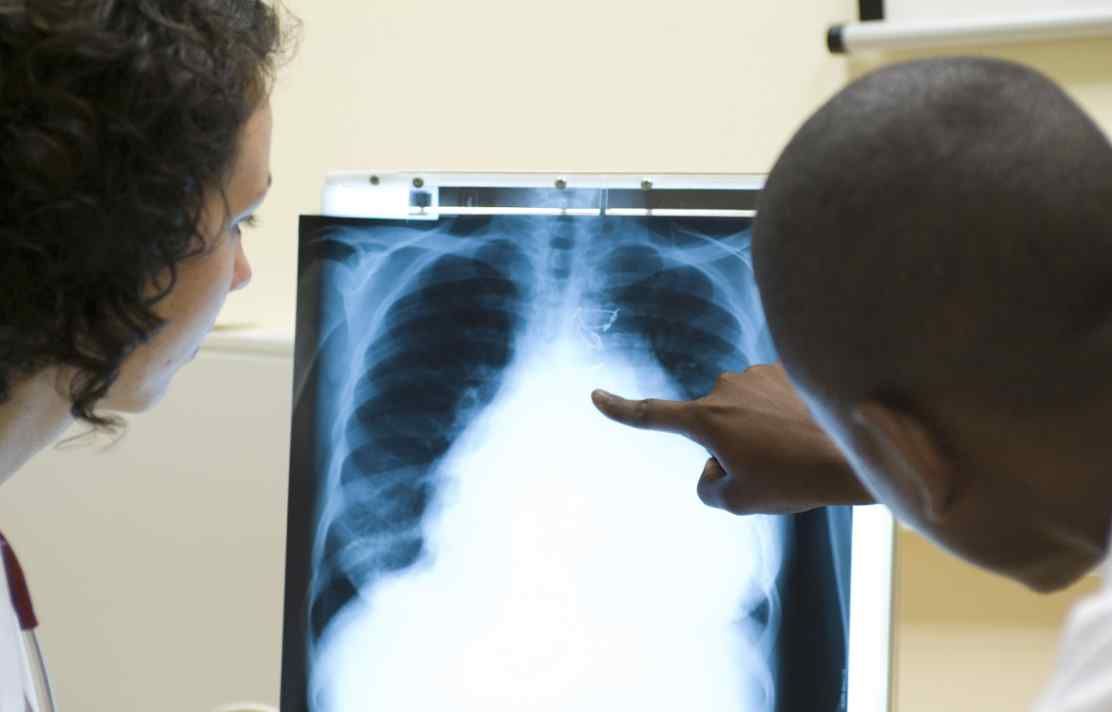BibTex format
@article{Houston:2022:10.1183/13993003.02308-2021,
author = {Houston, H and Hakki, S and Pillay, TD and Madon, K and Derqui-Fernandez, N and Koycheva, A and Singanayagam, A and Fenn, J and Kundu, R and Conibear, E and Varro, R and Cutajar, J and Quinn, V and Wang, L and Narean, JS and Tolosa-Wright, MR and Barnett, J and Kon, OM and Tedder, R and Taylor, G and Zambon, M and Ferguson, N and Dunning, J and Deeks, JJ and Lalvani, A},
doi = {10.1183/13993003.02308-2021},
journal = {European Respiratory Journal},
pages = {1--13},
title = {Broadening symptom criteria improves early case identification in SARS-CoV-2 contacts},
url = {http://dx.doi.org/10.1183/13993003.02308-2021},
volume = {60},
year = {2022}
}
RIS format (EndNote, RefMan)
TY - JOUR
AB - Background The success of case isolation and contact tracing for the control of severe acute respiratory syndrome coronavirus 2 (SARS-CoV-2) transmission depends on the accuracy and speed of case identification. We assessed whether inclusion of additional symptoms alongside three canonical symptoms (CS), i.e. fever, cough and loss or change in smell or taste, could improve case definitions and accelerate case identification in SARS-CoV-2 contacts.Methods Two prospective longitudinal London (UK)-based cohorts of community SARS-CoV-2 contacts, recruited within 5days of exposure, provided independent training and test datasets. Infected and uninfected contacts completed daily symptom diaries from the earliest possible time-points. Diagnostic information gained by adding symptoms to the CS was quantified using likelihood ratios and area under the receiver operating characteristic curve. Improvements in sensitivity and time to detection were compared with penalties in terms of specificity and number needed to test.Results Of 529 contacts within two cohorts, 164 (31%) developed PCR-confirmed infection and 365 (69%) remained uninfected. In the training dataset (n=168), 29% of infected contacts did not report the CS. Four symptoms (sore throat, muscle aches, headache and appetite loss) were identified as early-predictors (EP) which added diagnostic value to the CS. The broadened symptom criterion “≥1 of the CS, or ≥2 of the EP” identified PCR-positive contacts in the test dataset on average 2days earlier after exposure (p=0.07) than “≥1 of the CS”, with only modest reduction in specificity (5.7%).Conclusions Broadening symptom criteria to include individuals with at least two of muscle aches, headache, appetite loss and sore throat identifies more infections and reduces time to detection, providing greater opportunities to prevent SARS-CoV-2 transmission.Tweetable abstract @ERSpublications
AU - Houston,H
AU - Hakki,S
AU - Pillay,TD
AU - Madon,K
AU - Derqui-Fernandez,N
AU - Koycheva,A
AU - Singanayagam,A
AU - Fenn,J
AU - Kundu,R
AU - Conibear,E
AU - Varro,R
AU - Cutajar,J
AU - Quinn,V
AU - Wang,L
AU - Narean,JS
AU - Tolosa-Wright,MR
AU - Barnett,J
AU - Kon,OM
AU - Tedder,R
AU - Taylor,G
AU - Zambon,M
AU - Ferguson,N
AU - Dunning,J
AU - Deeks,JJ
AU - Lalvani,A
DO - 10.1183/13993003.02308-2021
EP - 13
PY - 2022///
SN - 0903-1936
SP - 1
TI - Broadening symptom criteria improves early case identification in SARS-CoV-2 contacts
T2 - European Respiratory Journal
UR - http://dx.doi.org/10.1183/13993003.02308-2021
UR - https://www.webofscience.com/api/gateway?GWVersion=2&SrcApp=PARTNER_APP&SrcAuth=LinksAMR&KeyUT=WOS:000836038800003&DestLinkType=FullRecord&DestApp=ALL_WOS&UsrCustomerID=a2bf6146997ec60c407a63945d4e92bb
UR - https://erj.ersjournals.com/content/60/1/2102308
VL - 60
ER -
